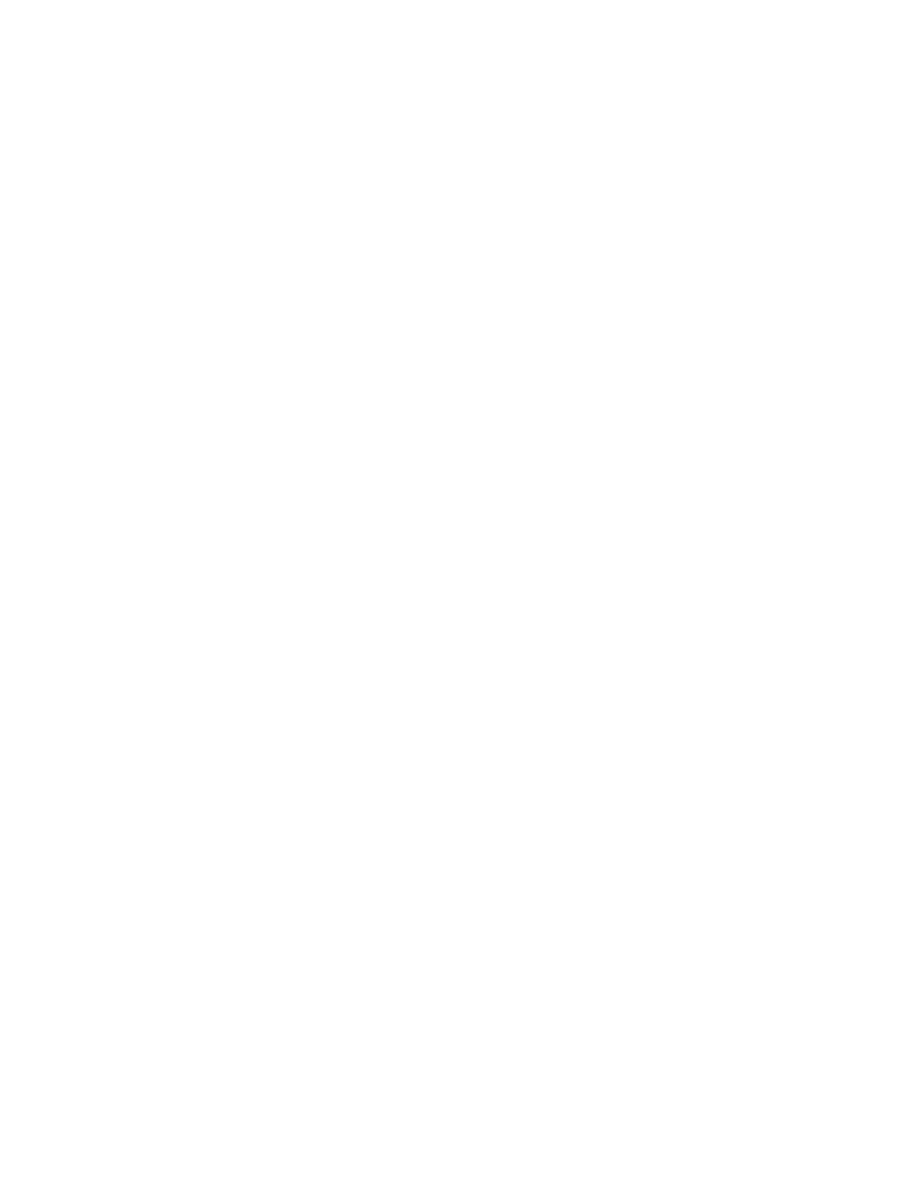 |
|||
|
|
|||
|
|
|||
| ||||||||||
|
|
 TM 10-3930-644-14 & P
TOPIC 3. STARTER MOTOR
A. DESCRIPTION
2. The armature shaft and bushings should be
coated with Delco-Remy Lubricant No. 1960954.
Starter motor is a series type field coil connection, four
brush construction, with armature supported by bushings
3. The roll type overrunning clutch requires no
at drive and commutator ends.
The two brushes
lubrication. However, the drive assembly should
connected to field coil leads are insulated in commutator
be wiped clean.
end frame and the two armature brushes are grounded.
CAUTION
CAUTION
Do not clean in any degreasing tank
Starter must never be used for more
or with grease dissolving solvents;
than 30 seconds at any one time.
this will dissolve the lubricant in the
Allow starter motor to cool for 2
clutch mechanism.
minutes before using again. Never
4. Avoid excessive lubrication.
use starter to move vehicle.
A solenoid switch mounted to the flange on the Starter
C. IN VEHICLE TEST
motor drive housing operates the overrunning clutch
drive by means of linkage and a shift lever. When the
Several checks, both visual and electrical, should be
starter switch closes the cranking circuit, the solenoid is
made in a defective cranking circuit to isolate trouble
energized, shifting the starter motor pinion into mesh
before removing any unit. Before removing a unit in a
with the engine flywheel ring gear and closing the main
defective cranking system, the following checks should
contacts located inside the solenoid. Battery current is
be made.
then directed to the motor causing the armature to
rotate. Cranking torque is transmitted by the clutch from
1. Determine the condition of the battery, follow the
the starter motor armature to tip flywheel ring gear. To
testing procedure outlined in BATTERY Section.
protect the' armature from excessive speed as the
engine starts, the clutch is designed to 'overrun" or turn
2. Inspect the wiring for frayed insulation or other
faster than the armature which permits the pinion to
damage. Replace any wiring, that is damaged.
disengage itself.
Inspect all connections to the starter motor
solenoid, ignition switch and battery, including all
B. MAINTENANCE
ground connections.
Clean and tighten all
connections and wiring as required.
The starter motor is a completely enclosed unit and
requires very little maintenance. However, to ensure
3. Inspect solenoid and ignition switch to determine
satisfactory operation, periodic inspections should be
their condition. Connect a Jumper lead around
made to make sure mounting and wiring connections ire
any switch suspected of being defective. If the
tight and in good condition. Solenoid switch should be
system functions properly using this method,
firmly mounted and all wiring connections should be
repair or replace the bypassed switch.
clean and tight. These inspections should also include
connections to battery and return circuit, loose or dirty
connections anywhere in the circuit will cause high
oil, etc., which imposes extra heavy loads on
resistance and reduced cranking efficiency.
When
starter motor.
mounting and wiring connections are kept in good
condition, and motor responds instantly and cranks
D. STARTER MOTOR REMOVAL
engine when switch is closed, motor may be considered
to be in satisfactory condition and disassembly is
Due to starter motor being completely enclosed, it must
unnecessary.
be removed from the engine any time it requires service.
Starter motor under normal operating conditions will not
1. Lift operator's seat and swing open right hand
require lubrication except during overhaul.
side panel.
When the motor is disassembled for any reason,
2. Disconnect all electrical leads from starter motor
lubricate as follows:
or starter motor solenoid.
3. Remove mounting bolts which attach starter
1. Oil wicks should be resaturated.
motor to flywheel housing.
R-146-1
3-91
|
|
Privacy Statement - Press Release - Copyright Information. - Contact Us |